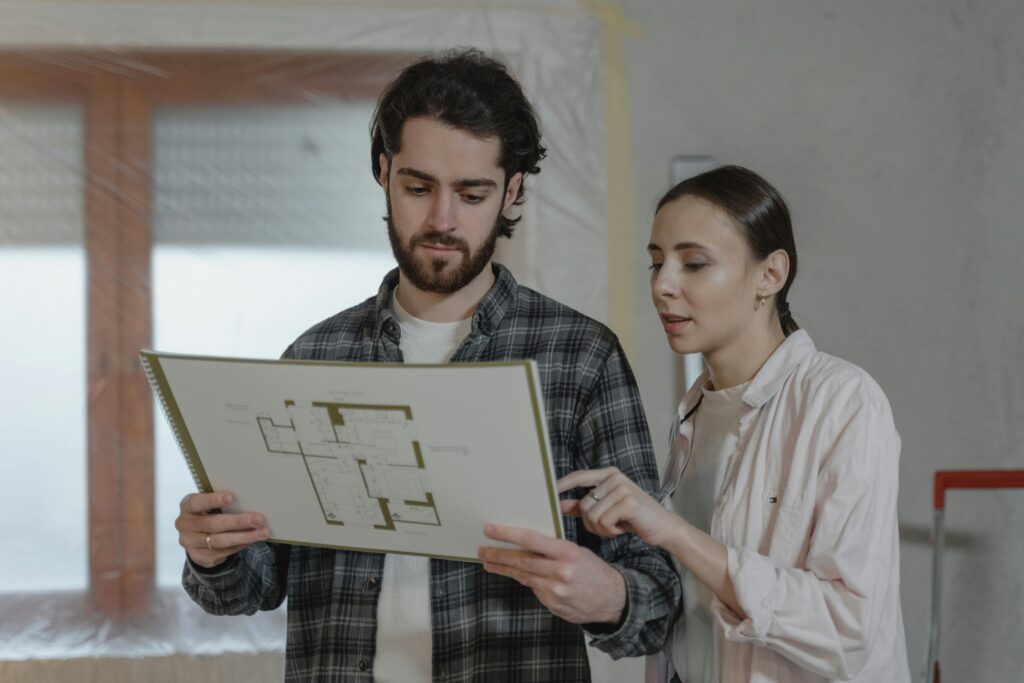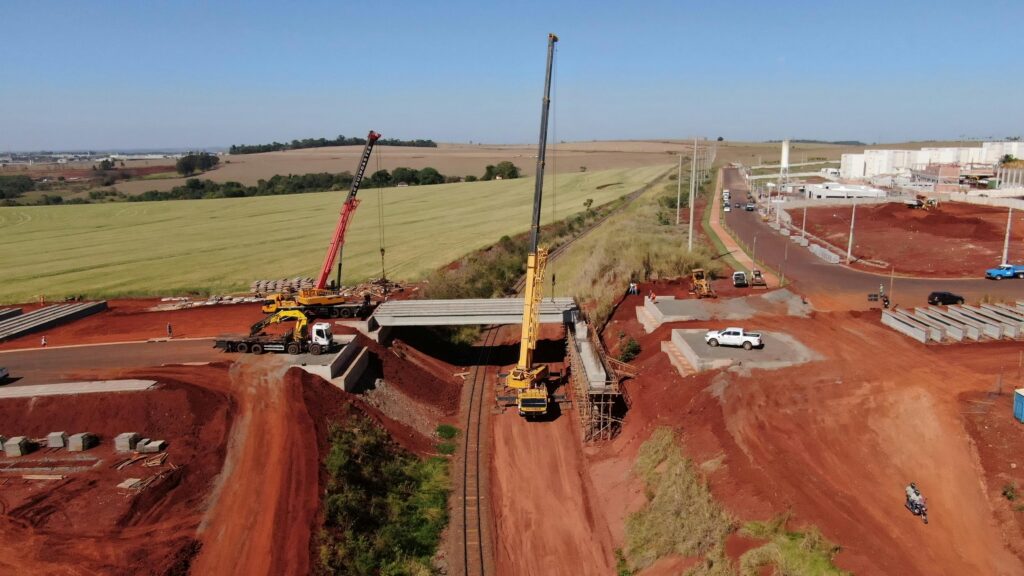Introduction
Building a house is one of the most emotionally significant and financially intensive projects in a person’s life. Unlike buying an apartment, where you accept a pre-decided design, building your own house allows for total customization—from structural layout to interior finishes. However, it also comes with challenges: budgeting, land approvals, contractor management, and ensuring long-term durability.
As a civil engineer with years of experience in construction, I can confidently say: the “best way” to build a house is not a single formula, but a balanced approach that integrates structural safety, functional design, sustainability, and cost-efficiency.
In this guide, we will break down each stage of house construction, highlighting both technical details and practical advice for homeowners.
1. Planning & Budgeting – The Foundation of Success
Every successful house project begins with meticulous planning. A lack of clarity at this stage almost guarantees cost overruns and timeline delays.
Key Steps in Planning:
- Define Objectives:
- Is this your forever home, or an investment property?
- Do you want a low-maintenance rental unit or a luxury villa?
- Will you expand vertically later?
- Budget Allocation:
- Civil structure: 40–50%
- Finishing & interiors: 25–30%
- Services (plumbing, electrical, HVAC): 15–20%
- Contingency: 10–15%
- Professional Inputs:
- Hire an architect early. Their vision will shape aesthetics, space usage, and even energy efficiency.
- Engage a structural engineer. They ensure your home stands safe against seismic or wind loads.
- Consult a project manager (optional for large houses).
- Cost Control Tools:
- BOQ (Bill of Quantities): Detailed material + labor estimate.
- Rate Analysis: Current market rates for cement, steel, bricks.
- Scheduling: Tools like MS Project/Primavera for time tracking.
⚠️ Common Mistake: Many owners set only a “per sq. ft.” budget without breakdowns. Later, when finishes cost more than expected, the project stalls.

2. Land & Site Selection
The quality of your site has a direct influence on cost, safety, and long-term comfort.
Site Factors to Evaluate:
- Soil Testing (Geotechnical Report):
- Sandy soil → deep foundations.
- Clayey soil → raft foundation.
- Rocky soil → harder excavation, but very stable.
- Topography:
- Flat sites → cheaper to build.
- Sloped sites → allow creative split-level homes but increase retaining wall cost.
- Orientation:
- In hot climates, position living spaces north-south to reduce solar heat gain.
- Place bedrooms to catch prevailing breezes.
- Legal Checks:
- Clear titles, municipal approvals, FAR (Floor Area Ratio) compliance.
- Ensure road access and utility connections.
💡 Tip: Always conduct a contour survey before design. Drainage planning depends on slope direction.

3. Choosing the Right Construction Approach
The construction method influences timeline, cost, and flexibility.
3.1. Traditional RCC Frame Construction
- Method: Cast-in-situ footings, columns, beams, slabs.
- Advantages:
- Strong and durable.
- Flexible for custom designs.
- Familiar to local contractors.
- Drawbacks:
- Slower (10–14 months).
- Labor-intensive.
3.2. Prefabricated / Modular Construction
- Method: Walls, slabs, and bathrooms are pre-cast in factories and assembled on-site.
- Advantages:
- Faster (30–50% time saving).
- Reduced wastage.
- Consistent quality.
- Drawbacks:
- Limited flexibility after production.
- Higher initial transport costs.
3.3. 3D Printing (Emerging in India)
- Method: Robotic printers extrude concrete layer by layer.
- Advantages:
- Very fast (houses in days).
- Less material waste.
- Drawbacks:
- Limited availability of skilled contractors.
- Codes still evolving.
✅ Best Choice Today: A hybrid approach—RCC for structure + prefab components for speed.
4. Structural Design & Safety
Structural design ensures your house stands safe against natural forces.
Core Considerations:
- Loads to Account For:
- Dead load (self-weight).
- Live load (furniture, people).
- Wind load (IS 875).
- Earthquake load (IS 1893).
- Design Codes: IS 456 (concrete), IS 13920 (ductile detailing for earthquakes).
- Durability Enhancements:
- Proper cover blocks for rebar.
- High-grade concrete (M25+).
- Waterproofing admixtures.
- Seismic Safety:
- Shear walls in multi-storey homes.
- Ductile detailing to prevent brittle collapse.
⚠️ Do Not Compromise: Many low-cost contractors reduce steel quantity to save money. This is dangerous. Always verify with your structural drawings.
5. Materials – The Building Blocks
Material selection impacts cost, safety, and sustainability.
- Cement: OPC 53 (strength), PPC (eco-friendly, reduces cracks).
- Steel: TMT Fe-500D or Fe-550D (ductile, earthquake-safe).
- Bricks vs AAC Blocks:
- Bricks → high compressive strength.
- AAC → lightweight, thermally efficient.
- Roofing: RCC slab with thermal insulation + waterproofing.
- Windows: UPVC or aluminum (better insulation than wood).
- Paints: Low-VOC for indoor air quality.
💡 Civil Engineer’s View: Always prioritize life cycle value over lowest price.
6. Architectural Design & Space Planning
Architecture is not just aesthetics—it affects ventilation, lighting, and energy use.
- Natural Ventilation: Cross-ventilation reduces AC costs by ~30%.
- Lighting: Orient living spaces to maximize daylight.
- Open Plans: Popular for modern living but require strong beams.
- Future-Proofing:
- Provide for future vertical expansion.
- Consider rental units (2BHK on ground, family space above).
7. Smart Homes & Modern Integration
Today’s homes are becoming tech-driven.
- Smart Security: CCTV, video door phones, biometric locks.
- Energy Efficiency: Smart thermostats, solar rooftops.
- Automation: Motion-sensor lights, app-controlled fans/ACs.
- Sustainability Tech: Greywater recycling, rainwater harvesting.
8. Construction Management & Execution
A well-planned house can fail if execution is poor.
- Project Scheduling: Track milestones (foundation, plinth, superstructure, finishes).
- Quality Tests:
- Concrete slump & cube test.
- Brick water absorption test.
- Rebar tensile test.
- Safety Management: PPE for workers, safe scaffolding.
- Daily Logs: Track material usage vs plan.
9. Interiors & Finishes
Civil engineers ensure strength, but interiors define comfort.
- Waterproofing: Bathrooms, terraces, balconies.
- Flooring:
- Vitrified tiles (durability).
- Anti-skid in bathrooms.
- Wooden/vinyl for bedrooms.
- Plumbing & Electrical:
- CPVC for water.
- ISI-marked wires.
- Acoustics: Soundproofing for bedrooms/home offices.
10. Maintenance & Life Cycle Planning
A house isn’t finished after possession—it requires care.
- Annual Checks: Cracks, leaks, paint wear.
- Preventive Maintenance: Roof waterproofing every 5–7 years.
- Structural Audit: Every 10–15 years in seismic zones.
- Upgrades: Retrofit solar, EV charging stations.
11. Sustainability & Climate-Resilient Design
With rising climate challenges, resilience is key.
- Flood Safety: Raised plinths, water-resistant plasters.
- Heat Control: Cool roofs, reflective paints, shaded courtyards.
- Cyclone Resistance: Reinforced glass, tie beams.
12. Legal, Regulatory & Financial Considerations
- Municipal Approvals: Sanctioned plans, BBMP/BDA in Bangalore.
- GST & Costs: Cement, tiles now under reduced GST.
- Insurance: During construction + post-occupancy.
Conclusion – The Best Way Summarized
The best way to build a house is not about picking the cheapest contractor or fanciest material. It’s about integrating:
- Engineering safety (RCC, structural design)
- Sustainability (green materials, energy savings)
- Technology (smart homes, automation)
- Professional management (quality checks, legal compliance)
When these four pillars align, you don’t just build a house—you create a safe, durable, efficient, and future-ready home.